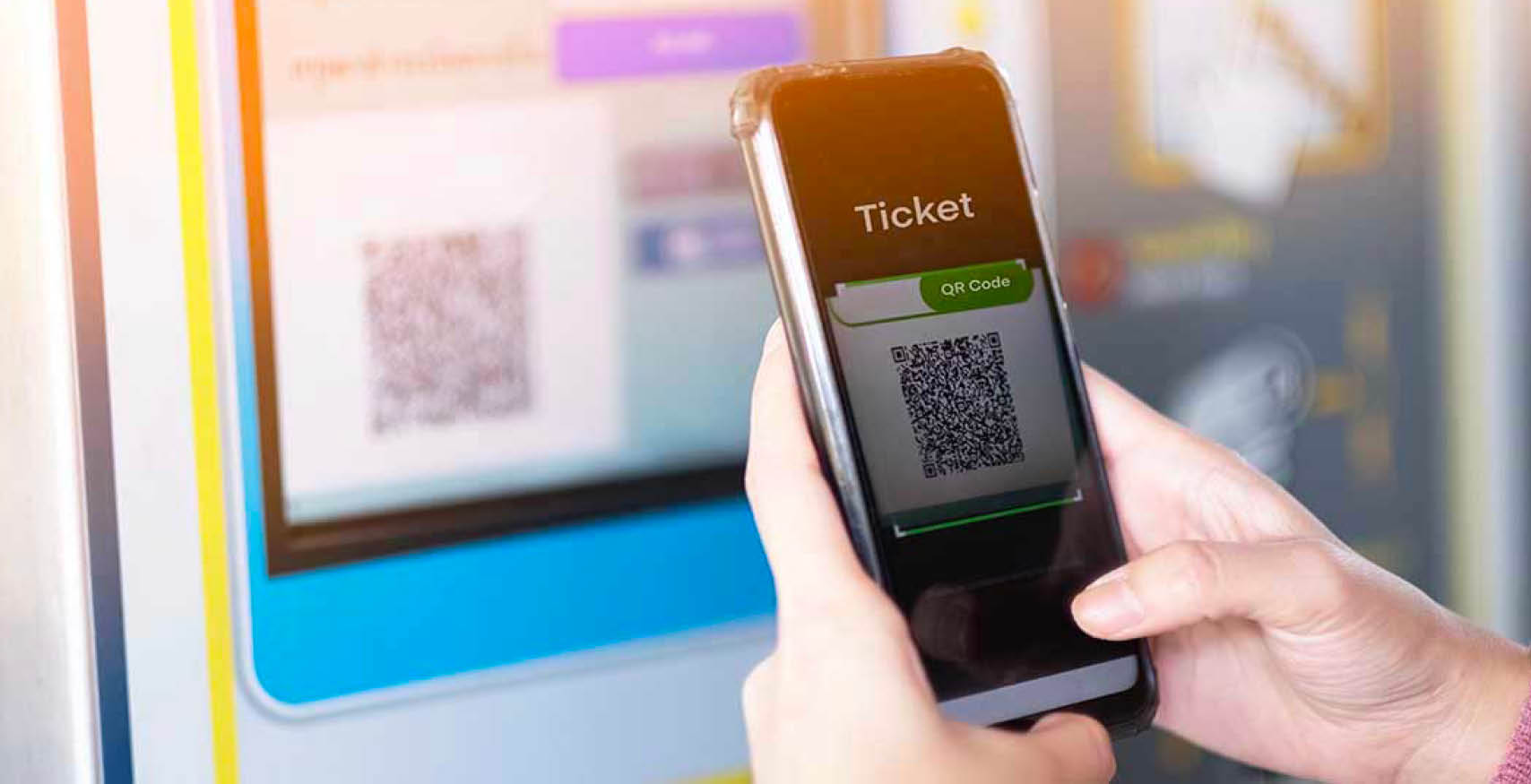Five key innovations that would improve the rail passenger experience
Rail is one of the most cost and time-effective ways of moving people around urban areas, between cities or across countries. It has evolved from steam-powered engines to high-speed light rail that can carry a passenger from Osaka to Tokyo in just hours - a distance of 500km.
The rail market has begun to recover from the effects of the pandemic. According to data from the UK Office of Rail and Road, 248 million rail passenger journeys were made during the second quarter of financial year 2021-22, up 85.8% from the same period in 2020-21 although usage remains considerably lower than before the pandemic.
GlobalNewswire estimates that global commuter rail and public bus services will be worth more than $400 billion by 2025 compared to $285 billion in 2021.
Current developments
With transport operators looking to increase passenger volumes in countries that have lifted pandemic-related travel restrictions, they need to address demand for safer technology (specifically contactless payments and interactions) and a more convenient and comfortable passenger experience. There are many technological aspects we believe will drive rail operations forward, of which the following are likely to be most important.
1/ Mobile connectivity with 5G becoming a reality
Mobile ticketing has gained traction on the back of improved internet access and developments in 5G technology, satisfying demand for contactless payments while offering commuters a range of information about their journey from balance details and route planning to real-time tracking and the ability to use their mobile as a ticket via a validator tap or other means. Rail operators are increasingly introducing mobile ticketing to enhance data management and personalisation of services and make their businesses attractive to partners and investors.
2/ E-ticketing: paperless, contactless
One of the best ways to enhance the rail passenger experience is to deploy automated fare collection, which makes payments and fares transparent while allowing rail operators to set fees and manage their operations centrally via a web portal. According to Allied Market Research, the global automated fare collection system market was valued at $6.6 billion in 2019 and is projected to reach $12.8 billion by 2027, a CAGR of 11.6%.
3/ Digital onboarding, Ready, Set, Go…
A major benefit of automated fare collection is digital onboarding of passengers. Improving the passenger experience is not an easy task, but some rail operators offer additional features such as seat and e-ticket management or early-bird or last-minute ticket purchases. To raise the experience level even higher, service operators could introduce open-loop payment methods to allow users to pay with QR codes biometrics, NFC or cards., which increases onboarding and journey flexibility.
4/ IoT - the internet of trains
The concept of the internet of things is well established. A new sub-concept of the ‘internet of trains’ has now emerged, which means connecting all smart and mobile devices together under one platform via Wi-Fi, merging the commuter with the train operator to provide a transparent digital experience while giving the rail operator access to increased customer information for operational management.
5/ Big data unlock new experiences
Those rail operators who manage to gather, analyse and utilise big data will gain a competitive edge. The use of data paves the way for effective predictive analytics, passenger management and platforms. The ability to anticipate passenger volumes and shifts in demand and station loads will further allow rail operators to adapt their businesses and maintain their competitive edge.
Looking to improve journey experience for your passengers?
Contact our experts or download our O-CITY for rail brochure to learn more about our capabilities.




